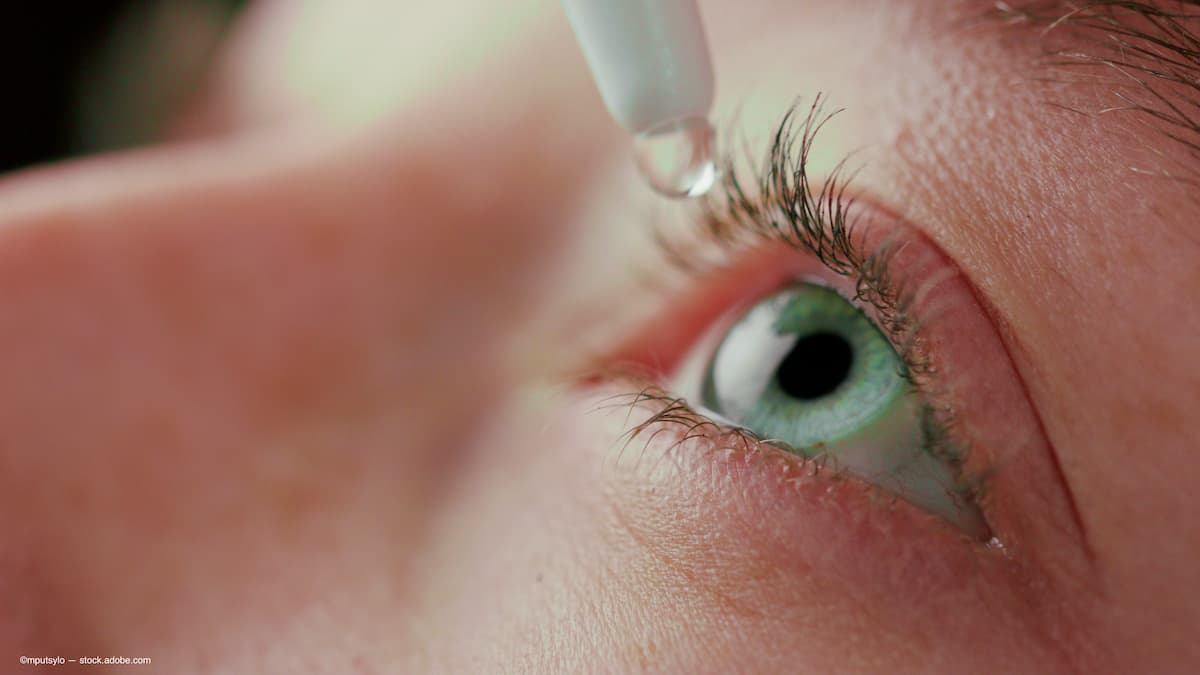News
Article
AAO 2023: Phase 3 LYNX-1 trial: Phentolamine ophthalmic solution improves low-contrast night vision
Author(s):
Researchers conducted a study on 145 patients with night vision problems, testing the effects of 0.75% phentolamine ophthalmic solution. The trial demonstrated substantial improvement in visual acuity on both evaluation days.
(Image Credit: AdobeStock/mputsylo)

Reviewed by P. Dee G. Stephenson, MD, FACS
P. Dee G. Stephenson, MD, FACS, and colleagues reported that 0.75% phentolamine ophthalmic solution (Ryzumvi, Ocuphire Pharma) has a positive effect on patients with night vision disturbances. She is in private practice in Venice, FL. She reported the results at the American Academy of Ophthalmology annual meeting in San Francisco.
The preservative-free eye drop received FDA approval for the treatment of pharmacologically induced mydriasis produced by adrenergic agonists (e.g., phenylephrine) or parasympatholytic (e.g., tropicamide) agents in September 2023.
The investigators evaluated 145 patients who had dim light visual disturbances with the goal of assessing the efficacy and safety of 0.75% phentolamine ophthalmic solution in patients. The participants were randomly assigned 1:1 to receive daily POS or placebo in each eye in the evening for 14 days.
The visual acuity (VA), pupil diameter, and the severity of the subjective photic phenomena were assessed on days 8 and 15. The primary study endpoint was the percentage of patients who gained 15 or more letters 15 letters or more of mesopic low-contrast distance VA.
The phase 3 LYNX-1 trial showed that instillation of 0.75% phentolamine ophthalmic solution resulted in significant improvements in the mesopic low-contrast VA on the 2 days when the vision was evaluated. On day 8, the comparison of the active-treatment with placebo found that significantly more patients had an improvement in the mesopic low-contrast VA (13% versus 3% placebo, respectively), and on day 15, the respective percentages were 21% and 3% (p < 0.05 for both comparisons).
Stephenson said, “The patients reported a significant reduction in photic phenomena with instillation of phentolamine ophthalmic solution on days 8 and 15 (p < 0.01).”
In addition, no significant differences were seen between the 2 patient groups in the development of conjunctival hyperemia or in the vital signs.
The investigators concluded both that the active treatment significantly improved low-contrast night and that the drug had a favorable safety profile.
They pointed out that phentolamine ophthalmic solution represents a new treatment option for undesired photopic phenomena and enhanced quality of life for patients with dim-light disturbances.
Stephenson was joined in this study by Stephen Montaquila, OD; Mitchell G. Brigell, PhD; and Jay Stuart Pepose, MD, PhD.
Newsletter
Don’t miss out—get Ophthalmology Times updates on the latest clinical advancements and expert interviews, straight to your inbox.




